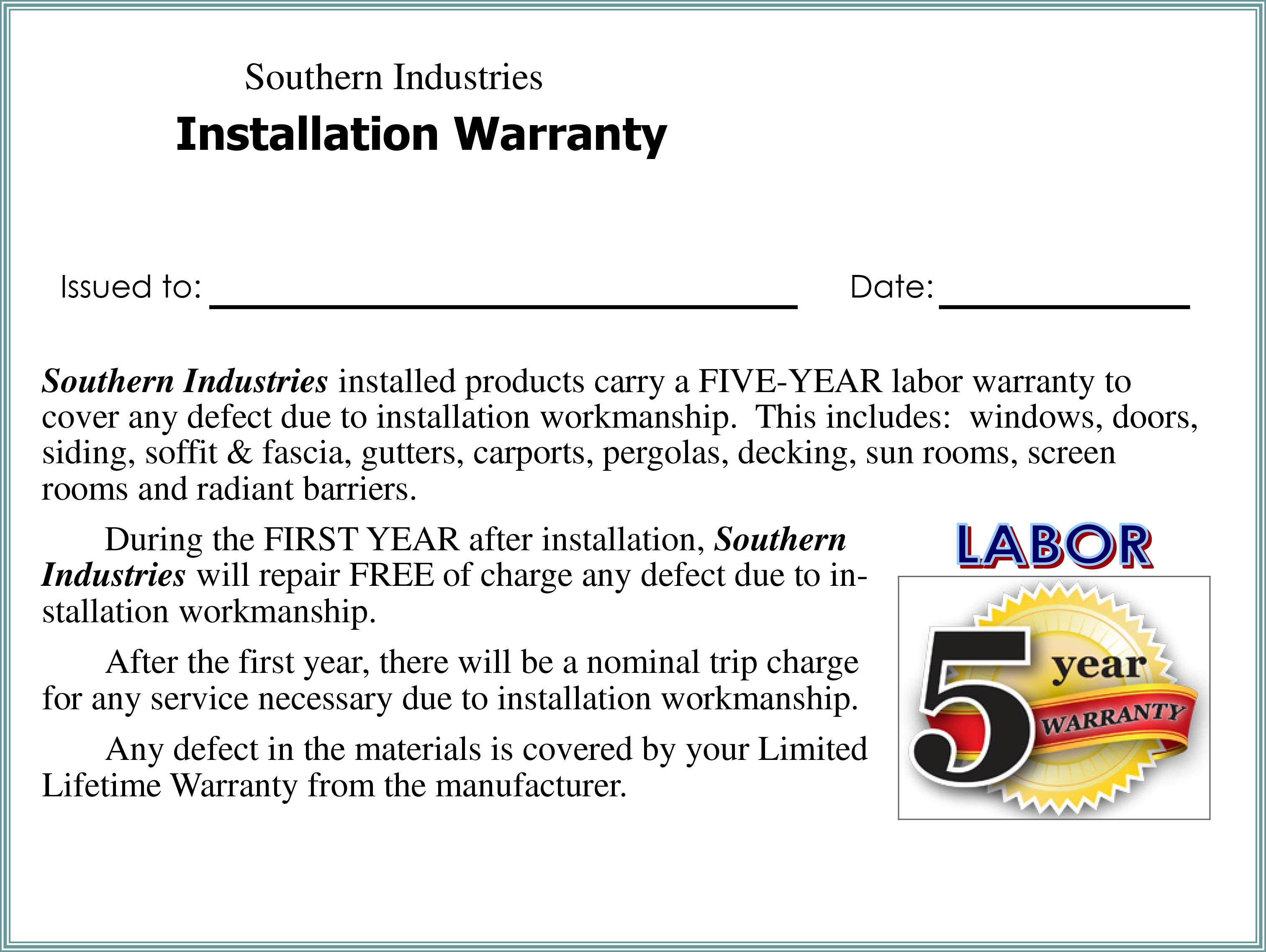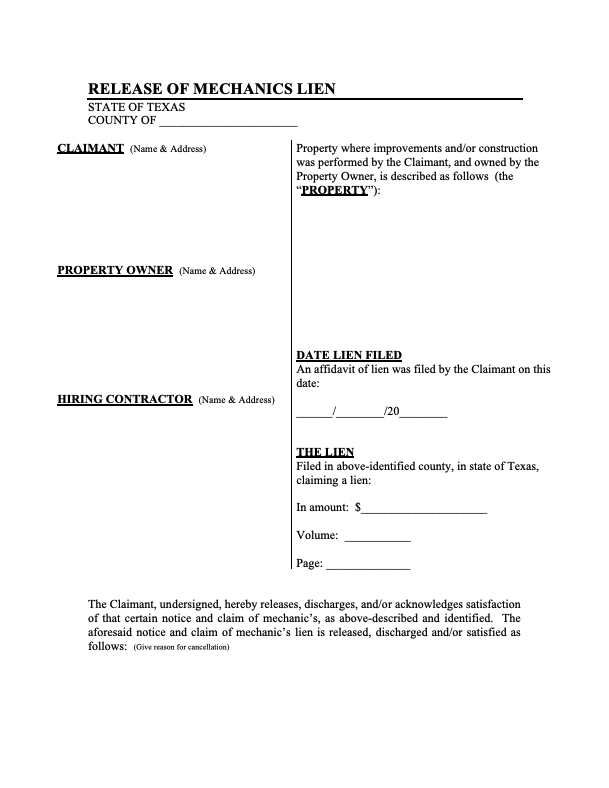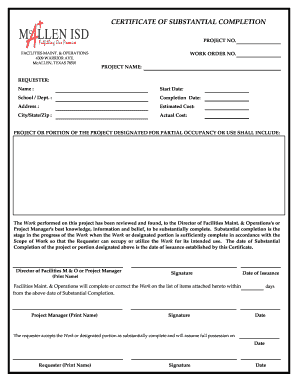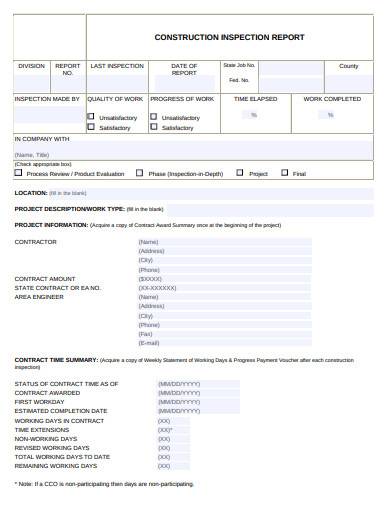8 Essential Construction Closeout Documents and Why You Need Them
As a construction project manager at a smaller firm, you know how crucial it is to get the closeout stage of a project just right. After all, a successful closeout is all that stands between you and getting paid and onto the next project.
But this final hurdle can also be one of the most difficult obstacles of the entire project.
Maybe you have construction experience but you’re new to overseeing the closeout stage. Or, maybe you’ve been through a construction project closeout that didn’t go as smoothly as you’d hoped and you’re looking to standardize the process to be as effective as possible.
However you approach it, one of the most important elements of an effective construction project closeout is having all of your closeout documents in order and ready to go. And if you fumble this part of the process, you risk delaying project completion, alienating customers and subcontractors, and causing ripple effects that could negatively impact future projects.
In this article, we’ll look at eight essential closeout documents and how they fit into the closeout process, based on advice from an experienced construction management professional.
Insight from a construction pro
To learn more about the construction closeout process, we talked to Ben Gagnon, head of preconstruction for San Diego-based builder SnapADU [1].
As a former project manager for most of his nearly decade-long career in construction, Ben knows how important it is to have all of your documents in order before you reach the closeout phase of a construction project.
Ben Gagnon
Head of preconstruction for SnapADU [1]
To Gagnon’s point, some of the biggest loose ends that can delay project closure—according to our recent survey (methodology below) of more than 300 construction professionals—include completing work on time (38% of respondents), lack of parts and/or materials (33%), and delayed change order resolution (29%).

With all of those unpredictable variables, it’s imperative that you effectively manage the elements of closeout that you do have control over, like closeout documents.
Essential closeout documents
After speaking to Gagnon, we found that the following docs are essential for most construction firms. Keep in mind that, depending on your firm’s needs, you may not need all of them. Or, there may be one you do need that’s not listed here. For example, a client feedback survey, image release form for marketing, or other specific document required in your region.
Use this list as a starting point, but be sure to consult with your team to make sure you have all of your bases covered.
1. Punch list
The construction punch list is perhaps the most humble and the most important of all closeout documents. It’s basically a to-do list of all the tasks and deliverables that you agree to complete for the customer before the project is complete and you can finalize the rest of the paperwork.
Keep in mind that you don’t need to be working off of a punch list for the entire project: that’s what the task management feature of your construction software is for. The punch list is more for any final, outstanding tasks and changes that you need to wrap up outside of the normal project schedule.

An example of the first page of a construction punch list [2]
Bonus tip: Make sure you have the punch list on hand during the final walkthrough with the client so you can go over all the last-minute changes that were made.
2. Warranty documents
Whether it's new windows, an appliance, or even a pull-down attic ladder, many of the materials you install during a construction project will be under warranty. And when a customer’s brand new refrigerator stops refrigerating six months after they move in, they’re going to want that warranty in hand rather than in a filing cabinet at your office.

An example of a basic 5-year installation warranty for windows, doors, and more [3]
Bonus tip: While not essential, it’s also a good idea to include any relevant user manuals with the warranty documentation.
3. Lien release form
A lien is a legal mechanism that ensures you are protected from nonpayment while working on someone else’s property. If your customer either failed to pay you or was unable to pay you for services provided, the lien (known as a mechanics lien in construction) would allow you to go to court to get paid through a property auction.

An example of a lien release form [4]
4. Lien waivers
Lien waivers are related to but different from the lien release form. Lien waivers are receipts showing that a payment has been satisfactorily made, serving as supporting documents to clear passage for the lien release form. During closeout, you’ll want to have copies of all the lien waivers on hand so that you can safely complete the lien release form.

An example of a partial lien waiver [5]
Bonus tip: Still confused about the difference between lien release and lien waivers? Check out this video to help iron out the differences:
Lien Waivers vs. Lien Release: What’s the difference? [6]
5. Certificate of substantial completion
Imagine that your construction project is a week past deadline, the property owner has been living out of a hotel during construction, and all that’s left to do is install new cabinet hardware that is on backorder. The certificate of substantial completion allows you and the customer to sign off that the project is virtually complete so you can get paid and the customer can move into their new home as soon as possible. You still have to install that cabinet hardware when it comes in, but you’ll have a lot less to worry about.

An example of a certificate of substantial completion [7]
Bonus tip: Your certificate of substantial completion will include dates when any outstanding work must be completed by. Make sure you stick to these dates, even when you’re knee-deep into your next project, so you don’t fumble an otherwise great project at the goal line.
6. Inspection report
Heading into project completion, you will need a certified inspector to sign off on your work before any construction project is deemed safe to use for its intended purpose. Once you’ve made it to the certificate of substantial completion, you’re ready to pass inspection (hopefully on the first pass). Successful inspection certificates are a stamp of approval that you’ll need to hand off to the customer to secure final payment.

An example of a construction inspection report certificate [8]
Bonus tip: Don’t request inspection when you’re “mostly done” just to expedite the closeout process. You’ll likely fail the inspection, and re-inspection can be costly and time consuming.
7. Certificate of occupancy
One step beyond the inspection certificate, the certificate of occupancy not only certifies that a completed structure is up to code, it certifies that it’s safe to live in. This may seem like a subtle difference, but not every structure built is meant to be lived in. For example, a garage, or storage shed, or utility building might need an inspection certificate but not a certificate of occupancy.

An example of a certificate of occupancy [9]
Bonus tip: During planning, make sure you verify and agree with the customer on what each structure you’re building for them will be used for so you can make sure that you have the proper paperwork in order.
8. Final pay applications
Once all of your work is completed and certified, it’s time to settle all of the bills. The final pay applications are a group of financial documents that include evidence of work completed, invoices, lien waivers, and more. On bigger projects, these final pay applications are submitted by subcontractors to their general contractor so that they can get paid for their completed work.

An example of the cover page of a construction pay application [10]
Bonus tip: It’s generally a good idea to go through this pay application process on a monthly basis so that when you reach the closeout stage you’re only finalizing the last month’s payments along with any outstanding bills.
How construction management software can help
Like most construction tasks, you can make your life a lot easier by using technology to your advantage. When it comes to closeout documents, there are several key construction software features that are particularly handy.
What is Construction Management Software? - Software Advice Video Buyer Guide (Source)
Document management
Rather than printing out hundreds of sheets of paper throughout the life of a construction project, the document management feature allows construction teams to digitally store and organize all closeout documents in one central location. You can even use this feature to review documents and get digital signatures, or (if the client prefers) you can print everything out and get signatures the old-fashioned way during closeout.

Document management in Viewpoint Team construction management software (Source)
Client portal
Remember when we discussed providing warranties and manuals to clients? The client portal allows you to store digital copies of those documents and give customers access to them (along with other relevant closeout documents) years after they’ve made their final payment. If a customer asks you about the warranty for their hot water heater, for example, you can let them know that it’s located in their client portal.
“It simplifies things for us. In two years when a client comes back to us and asks for X, Y, and Z, we can just point them to the portal and all that information is housed there,” Gagnon said. “They can lose that packet in a move, or if they're selling the house and they give it to somebody else, it’s easier to keep track of.”
Customer portal overview in Buildertrend construction software [11]
Construction accounting
When you get to the closeout stage you’ll be dealing with invoices, receipts, and payment applications. The accounting module in your construction software will be a godsend, helping your payments specialist track costs by job, subcontractor management, equipment rental, a database of common material and equipment costs, and more.

The main accounting menu in Foundation construction accounting software (Source)
Nail your construction closeout by getting your documents in order
In this article, we looked at tips from an experienced construction professional on which documents to focus on during project closeout. It’s important to remember that every firm will handle closeouts a little differently based on size, complexity of the projects, financing arrangements, and even regional regulations and requirements.
Having your closeout documents sorted ahead of time will allow you to focus on all the other little things demanding your attention as you push toward the finish line of a project.
“That's always the hardest part, is those finishes at the very end,” Gagnon says. “The client is typically very heavily involved during that period so any little blemish here or there is magnified.”
Construction software is key to a successful project closeout, and you can find the best software for your firm’s specific needs in our construction software directory.
Survey methodology
* Software Advice's 2023 Employee Feedback Survey was conducted in January 2023 among 301 U.S. respondents to learn more about construction software and its benefits. Respondents were screened to be a construction professional with a role in their firm’s selection/purchase of construction software.
Sources
SnapADU Team, SnapADU
Sample Punch List, Home Builder Assist
Southern Industries Installation Warranty, Wilkerson Windows and Gutters
Texas Release of Lien Form, Levelset
Texas Lien Waiver, DocHub
Lien Waivers vs. Lien Release: What’s the difference?, Levelset (YouTube)
Certificate of substantial completion, pdfFiller
Construction Inspection Report Samples, SampleTemplates
What is a Certificate of Occupancy, Fontan Architecture
Construction Pay Application, pdfFiller
Buildertrend Customer Portal Overview, Renovations Unlimited (YouTube)
Note: The applications selected in this article are examples to show a feature in context and are not intended as endorsements or recommendations. They have been obtained from sources believed to be reliable at the time of publication.